Apple is researching how AirPods or AirPods Max can distinguish between different ear cushions, or AirPod tips, and then computationally alter audio properties to suit.
Apple has previously investigated ways that AirPods could detect whether you've correctly placed them in your ear. Now it wants AirPods, AirPods Pro, or AirPods Max, to distinguish between different earbud tips, or over-the-ear cushions. And then to act on that information.
"Identification of Cushioning Members in Personal Audio Devices," is a newly-revealed patent application that is concerned with identifying different cushions or tips. It doesn't particularly consider what the benefits are of knowing which cushion is in use, but the few examples include adapting audio quality.
"For example, an equalizer setting can be selected or modified based on the identification data," says the patent application. "Hearing-protection settings can be modified, including, e.g., limiting the speaker volume of the earpiece, modifying an active noise cancellation profile for the earpiece, and so on."
There is also the kind of detail-oriented use that Apple does. If the AirPods know what cushion or tip is currently in use, Apple will change icons or images to match.
"User interface behavior can also be modified," continues the patent application. "For instance, if a host device has a display that shows an image of the personal audio device, the displayed image can be modified to match the currently-attached cushioning member."
The aim of this patent application is enable that kind of adaptation by proposing ways different ear cushions or tips can be identified. "The cushioning member can include an identification tag that encodes identification data for the cushioning member," it says.
"When the cushioning member is attached to the earpiece, the identification tag is brought into proximity with a tag sensor in the earpiece and the earpiece can read the identification tag to determine identification data for the cushioning member," continues Apple.
The giant majority of the patent application's 22,000 words discusses the fine details of using, for instance, NFC tags. It's about how cushions or tips benefit from "passive" identification that means they don't require power.
Beyond that detail, and discussions of different materials or components, the patent's 11 credited inventors do mention one other notable benefit of their proposal.
"[It] is contemplated that an advanced cushion or ear tip (or other cushioning member) may include one or more biometric monitoring devices," says the patent application, "such as a pulse sensor, temperature sensor, or moisture (e.g., perspiration) sensor that can provide sensor data to the earpiece, which in turn can communicate the sensor data to a host device or use the data internally (e.g., to generate an audible indication related to the sensor data)."
"Based on whether the identification data indicates that the cushioning member supports a particular monitoring capability, the earpiece can automatically enable or disable its receiver(s) for the monitoring data," it continues.
So you might wear certain AirPod tips while you sleep, others while you run, or just when you want to monitor certain health aspects. Or alternatively, you could just have ear cushions that activate noise cancelling when you're out walking, and deactivate it when you're back in the office.
The credited inventors include Kathleen A. Bergeron, whose previous granted patents include one for making AirPods adjust their audio to help users hear hazards.
Stay on top of the latest Apple news right from your HomePod. Say, "Hey, Siri, play AppleInsider," and you'll get latest AppleInsider Podcast. Or ask your HomePod mini for "AppleInsider Daily" instead and you'll hear a quick update direct from our news team. And, if you're interested in Apple-centric home automation, say "Hey, Siri, play HomeKit Insider," and you'll be listening to our newest specialized podcast in moments.
 William Gallagher
William Gallagher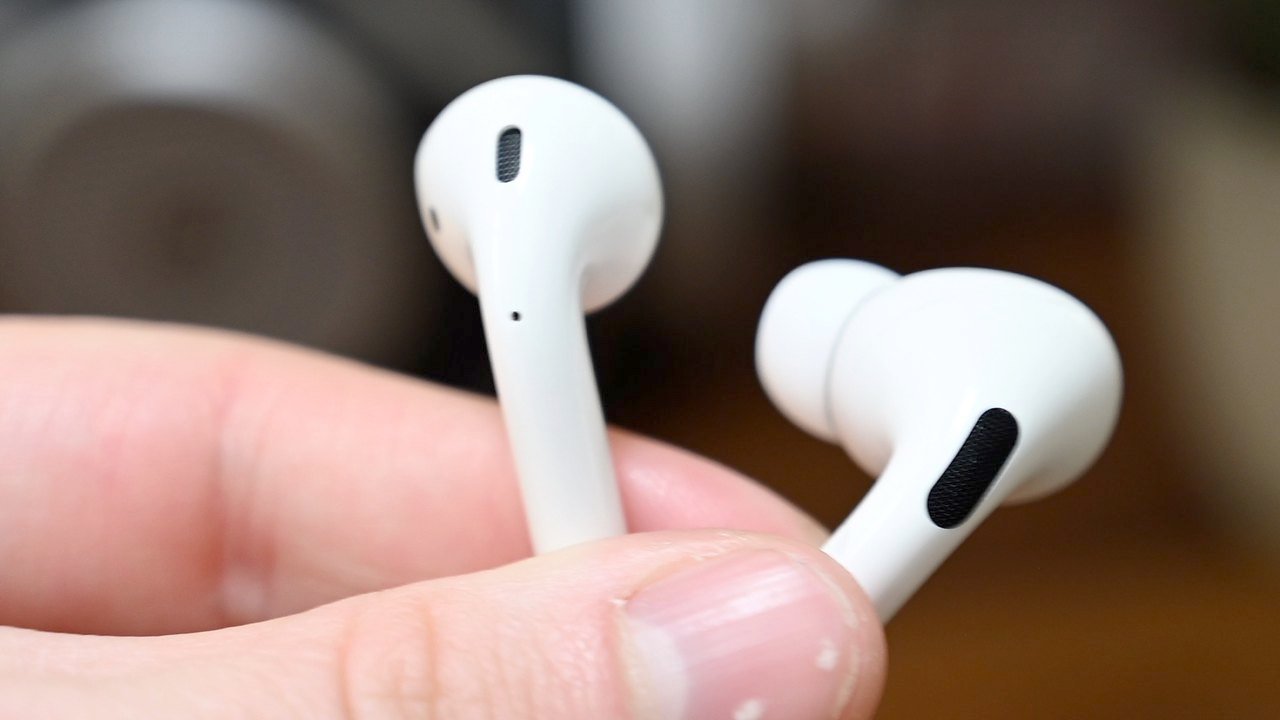
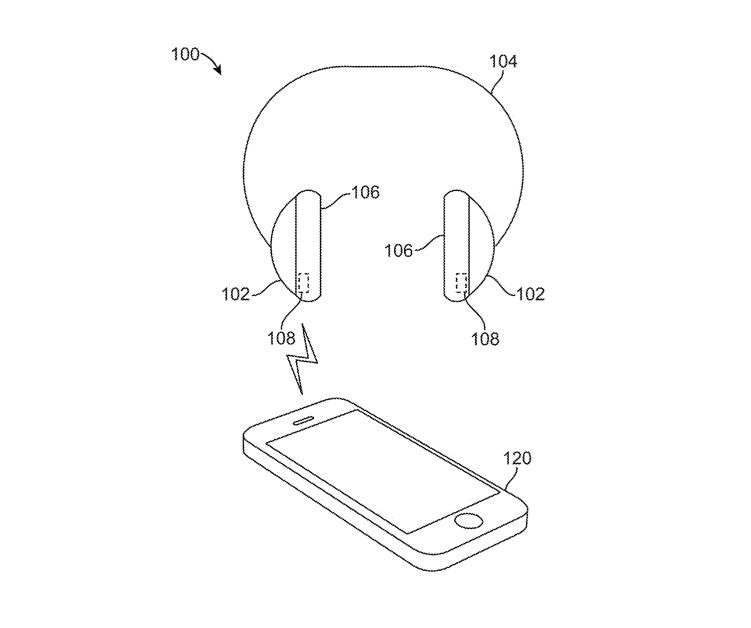




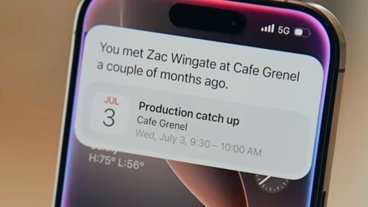


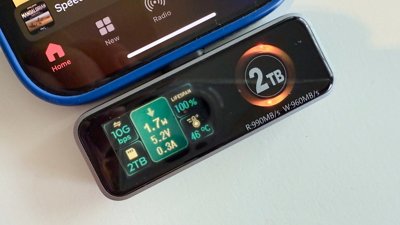
 Mike Wuerthele
Mike Wuerthele
 Malcolm Owen
Malcolm Owen

 Amber Neely
Amber Neely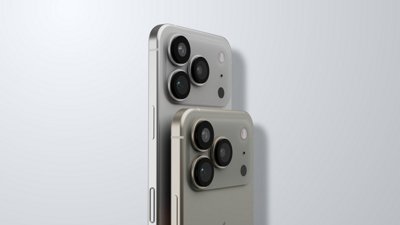
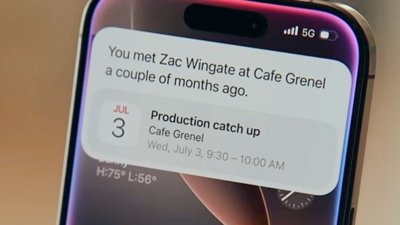
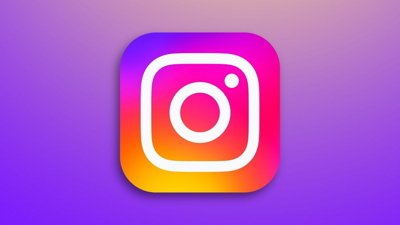
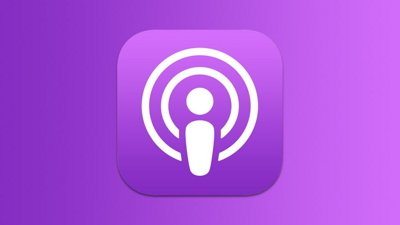


-m.jpg)






1 Comment
I still wish they'd find a way to keep them (even the Pros) in my ears for more than 15 minutes while walking on a treadmill or riding a stationary bike.